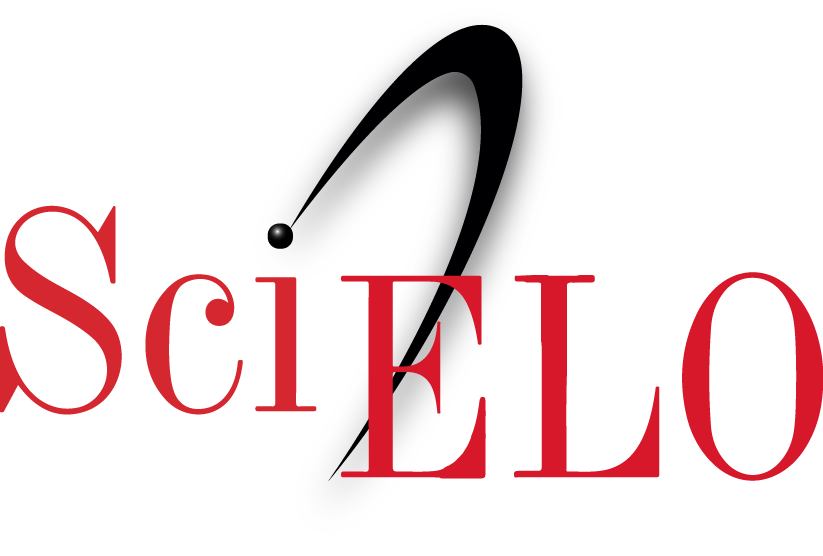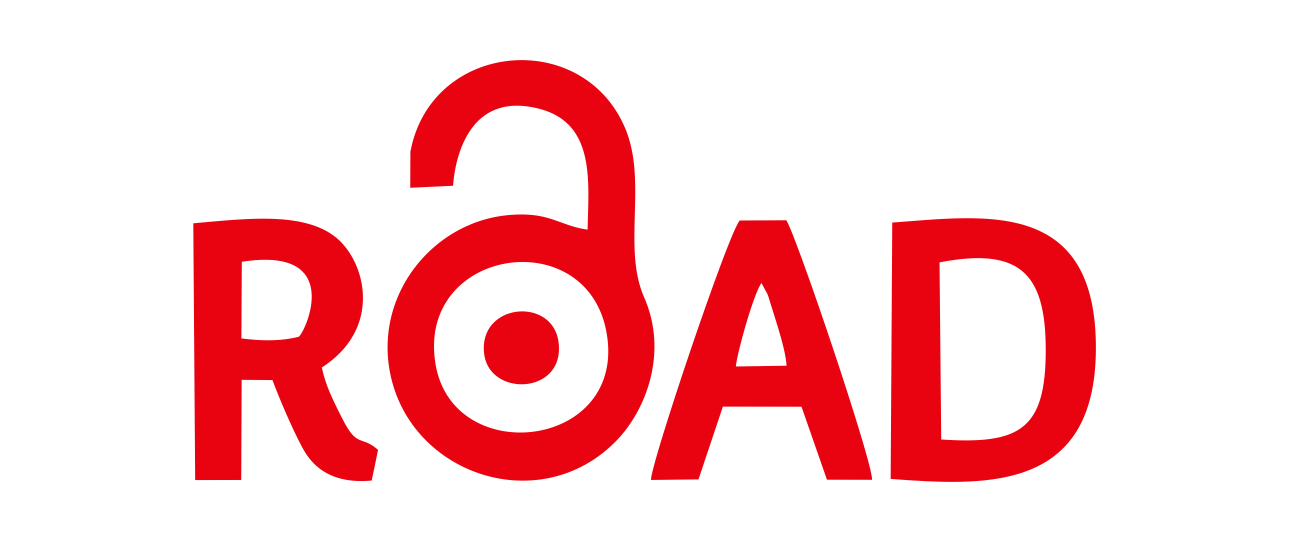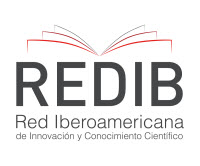Trends and brazility at female beach fashion collection
Keywords:
Beach fashion; Collection; Brazility.Abstract
The objective of this article is to identify the Brazilian marketing attributes presented in the fashion trends of the 2017 collection presented at the two brazilian events, São Paulo Fashion Week (SPFW) and Rio Moda Rio (RMR). This work can be considered an exploratory and descriptive article, especially when it comes to detect trends and changes in behavior. It is possible to conclude that, in part, the attributes of brasility are present in the beach fashion segment. The beach fashion presented in the collection does not contain all the elements of Brazilianness due to market trends. The cultural metaphors are absorbed by the fashion industry, which adapts its products to contemporary women, adapting its portfolio according to the profile of women who are consumers of the moment. It is possible to conclude that the Brazilian attributes are part of the beach fashion segment, however, for the trends of 2017, conclude that the 4 requirements, cited by Sutter (2014), lifestyle, application of craft techniques, shape and volumen, and print attribute, are included at actual trends. Among the attributes of Brazilian studies only the tissue was not found in any of the events studied, the use of ecological and sustainable tissues, apparently, were not used in the collections. This study becomes relevant and original in the way it is conducted, since it recognizes that the trends presented in the fashion collections represent the marketing work and show that several characteristics that are also Brazilian attributes.References
Abit. (2016). Perfil do setor.Disponível em:<http://www.abit.org.br/cont/perfil-do-setor#sthash.4erDrjPB.dpuf>. Acessado em 20 nov. 2016.
Assis, R. H. (2010). A inserção da mulher no mercado de trabalho. Anais do VI Congresso Virtual Brasileiro de Administração, 18 a 20 dez 2010.
Ayrosa, E.A.T. (2000). Some Notes on the Development of Research on Country of Origin Effects. Arché Internacional, 9(26), pp.181–214.
Bergamo, A. (1998). O campo da moda. Revista Antropologia, 41(2), pp.137-184.
Borges, C. N. (2017). A invasão do Fast Fashion ao Red Carpet do Oscar 2013. Anais do Vi Seminário nacional de Pesquisa em arte e cultura Visual Goiânia-Go: UFG, FaV, 2013
Braga, J. (2008). Reflexões sobre moda. 2º. ed. São Paulo: Anhembi Morumi, v.III.
Carasco, D. (2016). SPFW: 5 tendências de moda praia que vão dominar as areias em 2017. Disponível em: <http://revistamarieclaire.globo.com/Moda/noticia/2016/04/spfw-5-tendencias-de-moda-praia-que-vai-dominar-areias-no-proximo-verao.html>. Acessado em 05 jun. 2016.
Carmona, R. J., Quintero, J. D.G. (2008). Competitividad y retos en la productividad del cluster textil-confección, diseño y moda en Antioquia. Revista Ciencias Estratégicas, 16(20), pp. 247-263.
Chan, A. T., Ngai, E. W., & Moon, K. K. (2017). The effects of strategic and manufacturing flexibilities and supply chain agility on firm performance in the fashion industry. European Journal of Operational Research, 259(2), pp.486-499.
Delgado, D. (2008). Fast Fashion: estratégia para a conquista do mercado globalizado. ModaPalavra e-periodico, Florianópolis, 2, ago/dez 2008.
Engel, J.F., Blackwell, R.D., Miniard, P.W. (2000). Comportamento do Consumidor. 8° Ed. Rio de Janeiro: Livros Técnicos e Científicos Editora S.A.
Fashion Forward. (2016). Disponível em: < http://www.ffw.com.br>. Acesso em 15 jun. 2016.
Frings, G. S. (2012). Moda: do conceito ao consumidor.” 9º. ed. Porto Alegre: Bookman.
Garcez, A. (2016). Moda praia-biquínis, maiôs e body para o verão 2017.” Disponível em: <http://fmhits.com.br/moda-praia-biquinis-maios-e-body-para-o-verao-2017/>. Acessado em 2 ago. 2016.
Guia da semana. (2016). Tendências de moda praia para o verão 2017. Disponível em: <http://www.guiadasemana.com.br/moda-e-beleza/noticia/tendencias-de-moda-praia-para-o-verao-2017>. Acessado em 5 jun. 2016.
Hakala, U.; Lemmetyinen, A., Kantola, S. (2013). Country image as a nation-branding tool. Marketing Intelligence & Planning, 31(5), pp.538-556.
Hinerasky, D.A. (2007). "Deu na revista": a São Paulo Fashion Week na passarela. VIII Congresso Brasileiro de Ciências da Comunicação da Região Sul – Passo Fundo – RS
Khraim, H. S. (2018). The Influence of Involvement and Awareness on UAE Women Attitude Towards Fashion Clothing. International Journal of Marketing Studies, 10(2), pp.76-85.
Kotler, P.; Gertner, D. (2002). Country as brand, product and beyond: a place marketing and brand management perspective. Journal of Brand Management, 9(4), pp.249-261.
Lueg, R., Pedersen, M. M., & Clemmensen, S. N. (2015). The role of corporate sustainability in a low‐cost business model–A case study in the Scandinavian fashion industry. Business Strategy and the Environment, 24(5), pp.344-359.
Ma, J., Hu, Y. (2017). Analysed with Shanghai international fashion the development of creative industry. Journal of Arts and Humanities, 6(5), pp.66-69.
Macchion, L., Moretto, A., Caniato, F., Caridi, M., Danese, P., & Vinelli, A. (2015). Production and supply network strategies within the fashion industry. International Journal of Production Economics, 163, pp.173-188
Mahawasala, S. (2016). Moda praia, tendências verão 2017. Disponível em: <http://www.fashionbubbles.com/destaque/moda-praia-tendencias-do-verao-2017-veja-o-que-vem-por-ai/>. Acessado em 5 jun. 2016.
Martins, P. G., Laugeni, F. P. (2005). Administração da produção. 2ª. ed. São Paulo: Saraiva.
Monteiro, D. C., Shibao, F. Y., Souza, N. F. D. (2017). Estudo de operações city logistics para aumento da competitividade em uma empresa de aparelhos auditivos na cidade de Campinas-SP. Revista Produção e Desenvolvimento, 3(2), pp.65-78.
Pereira, G. M., Biason, I.M., Sellitto, M. A., Borchardt, M. (2011). Comparando flexibilidade no produto, custos e velocidade de desenvolvimento na indústria da moda chinesa e brasileira. Produção, 21(1), pp.27-38.
Pimenta, M. L. (2019). Cross-functional integration in product development processes in the era of industry 4.0. Revista Produção e Desenvolvimento, 5. doi:https://doi.org/10.32358/rpd.2019.v5.350
Porter, M. E. (1989). Vantagem Competitiva: Criando e sustentando um desempenho superior. Rio de Janeiro: Elsevier.
Rahman, O., Gong, M. (2016). Sustainable practices and transformable fashion design–Chinese professional and consumer perspectives. International Journal of Fashion Design, Technology and Education, 9(3), pp. 233-247.
Rech, S. R., Campos, A. Q. (2015). Como se faz tendência? O desenvolvimento de um modelo conceitual para a pesquisa prospectiva. Anais do XIX Seminário de Iniciação Científica.
Ribeiro, M. S. (2013). Por uma biografia das coisas: a vida social da marca Havaianas e a invenção da brasilidade. Etnográfica, 17(2), pp.341-367.
Rodrigues, M. G. V. (2006). Metodologia da pesquisa científica: elaboração de projetos, trabalhos acadêmicos e dissertações em Ciências Militares. 3. ed. Rio de Janeiro: Escola de Aperfeiçoamento de Oficiais.
Schuch, A.B. (2016). The chemical recycle of cotton. Revista Produção e Desenvolvimento, 2(2), pp.64-76.
Silva, V. N., Caetano, J. C. O, Caetano, E. C. O. (2011). Comportamento de compra do consumidor de moda íntima. Anais CONVIBRA.
Strey, M. N. (2000). Mulheres e moda: a feminilidade comunicada através das roupas.” Revista Famecos, 7(13), pp.148-154.
Sutter, M. B., Polo, E. F., Maclennan, M. L. F. (2014). Atributos da Imagem do País de Origem como Fonte de Vantagem Competitiva: Estudo no Segmento Internacional da Moda Brasileira. Revista Eletronica de Negócios Internacionais, 9(2), pp.75-93.
Sutter, M.B., Maclennan, M.L.F., Polo, E.F., & Strehlau, V.I. (2016). Diferenciação e competitividade da oferta de moda brasileira no mercado internacional. RAM. Revista de Administração Mackenzie, 17(1), pp.165-196.
Tovmasyan, G. R. (2017). Fashion industry and shopping tourism. Актуальные проблемы гуманитарных и естественных наук, (1-3), 80-83.
Wang, C. L.; LI; D.; Barnes, B. R.; Ahn, J. (2012). Country image, product image and consumer intention: Evidence from an emerging economy. International Business Review, 21(6), pp.1041-1051.
Woitowicz, K.J. (2006). Consumo e desejo na construção de imagens femininas. Estudos Feministas, Florianópolis, 14(3), pp.834-836.
Published
How to Cite
Issue
Section
License
Copyright (c) 2019 Lorena da Silva Leite, José André Villas Boas Mello
The works published in this magazine are under the Creative Commons Attribution-NonCommercial 2.5 Argentina license.
Important: The author is the owner of the rights to exploit the contents of the article of his authorship.
You are free to:
Share — copy and redistribute the material in any medium or format.
Adapt — remix, transform and build from the material.
The licensor cannot revoke these liberties as long as you follow the terms of the license.
Under the following terms:
Attribution - You must give appropriate credit, provide a link to the license, and indicate if any changes have been made. You may do so in any reasonable way, but not in a way that suggests that you or your use is endorsed by the licensor.
Non-Commercial - You may not use the material for commercial purposes.
There are no additional restrictions - You cannot apply legal terms or technological measures that legally restrict others to make any use permitted by the license.




















